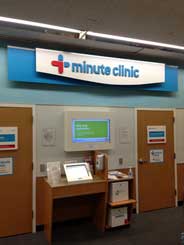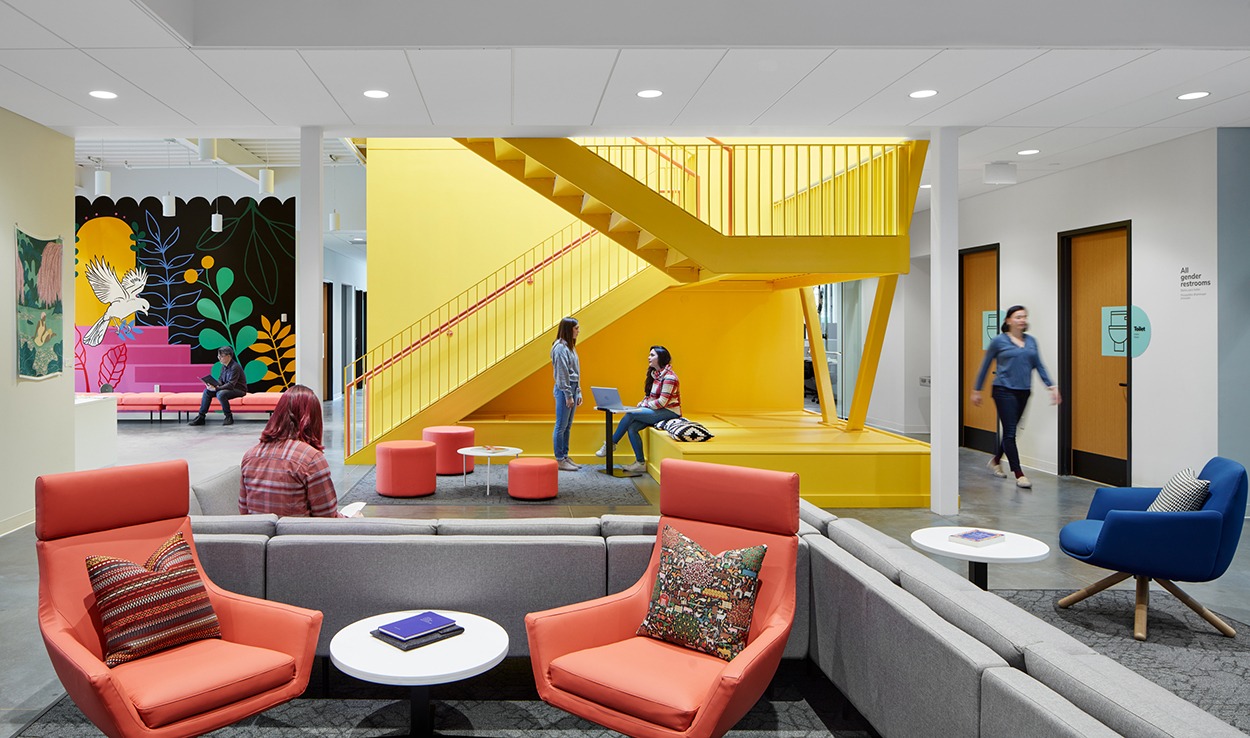
Here's seven interesting facts and insights from the piece about this trend:
- The number of health clinics inside retail chain stores has doubled from six years ago to 1,400.
- In 2013, CVS Caremark Corp. plans to add 150 new clinics to its current number of 650.
- The percentage of visits to CVS's Minute Clinics that are covered by insurance has grown from 20% to 90%.
- 26,000 pharmacists working for Walgreens are now credentialed to administer shots.
- Walgreens, which has partnered with only six health systems (as opposed to 26 for CVS), has also joined three accountable care organizations.
- Partnerships with retail giants like CVS or Walgreens may help health systems gain access to capital for technology and systems.
- Other retailers like Target and Wal-Mart are also getting into the clinic business, although Wal-Mart has shifted its business model to lease space to healthcare providers instead of operating the clinics itself.
Why all this growth? Mostly to accommodate the estimated 30 million people that will be newly insured under the Affordable Care Act next year. These are people who most likely don't have primary care doctors.
But those of us that do have primary care doctors could also eventually be regular retail clinic users, too -- especially for simple things like flu shots.
The Minute Clinic in my CVS (above) is a pretty ugly space. As these retailers continue to expand their clinics, they should realize that design can give them a competitive advantage.
And it doesn't have to cost a lot of money. It's about choices -- for furniture, fabric, materials, colors, and artwork -- in waiting areas and exam rooms that can make them comfortable and more appealing to patients.
All this growth in retail clinics doesn't mean that the doctor's office or freestanding clinics operated by health systems are going away. In fact, there's projected growth in those types of facilities as well.
But healthcare consumers are going to have more options of where they go to get their care. Convenience and quite possibly, design, could make a difference.
P.S. Please do me a favor -- if you liked this post and like this blog, please share it with others by sending them the link and/or post it on your Twitter, LinkedIn, or Facebook, etc. Also, don't forget to subscribe, so you'll get emails when new content is posted. Thanks!






